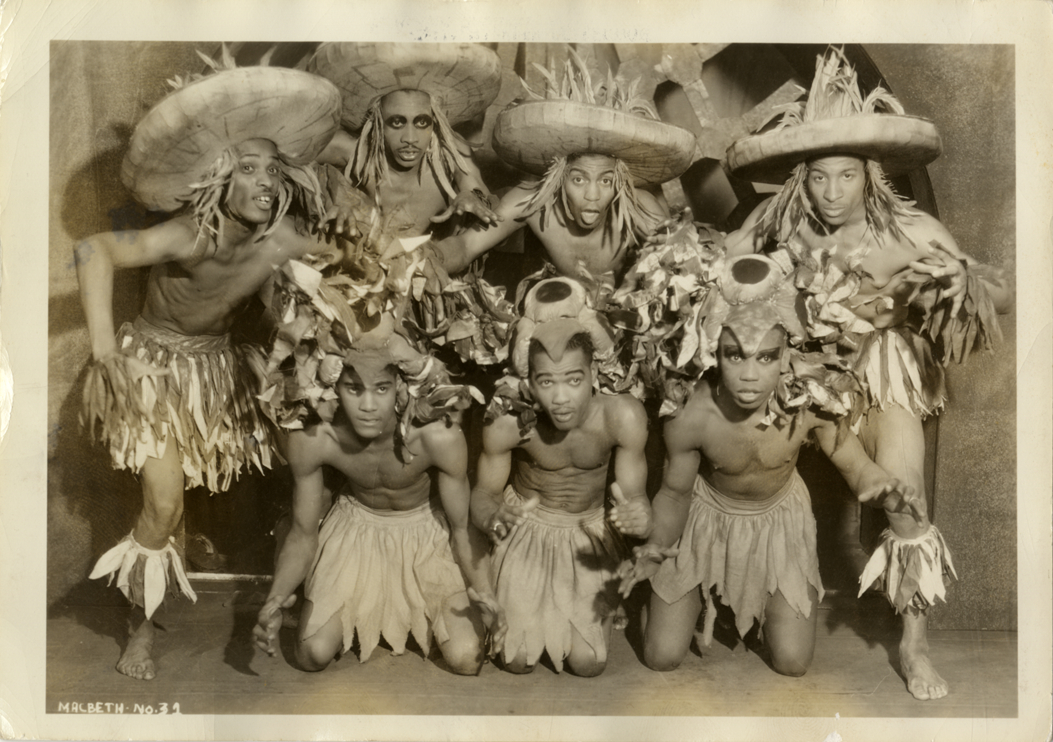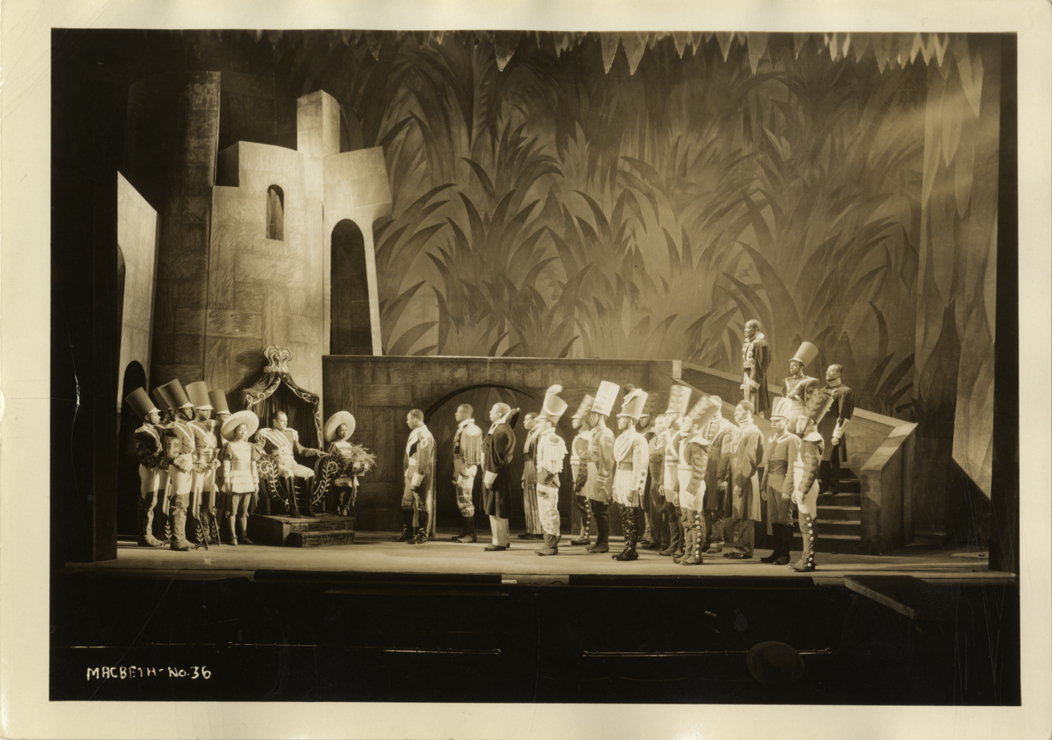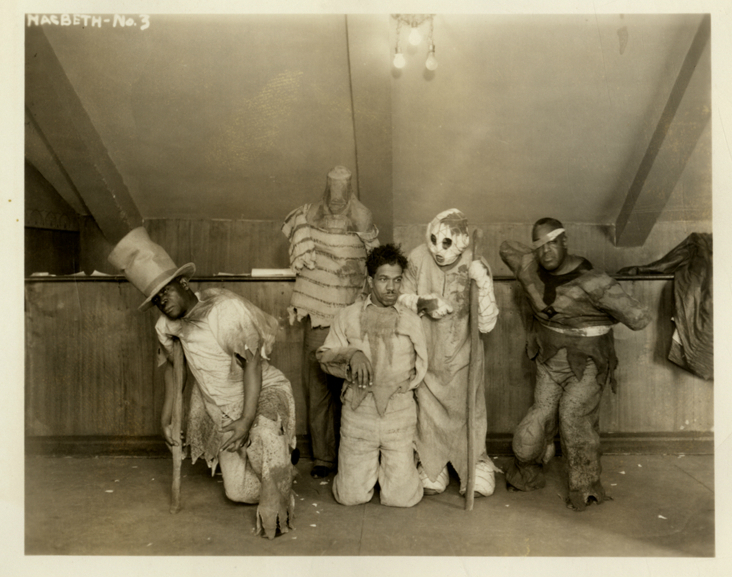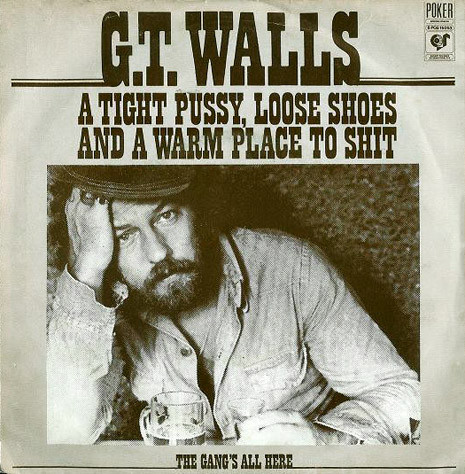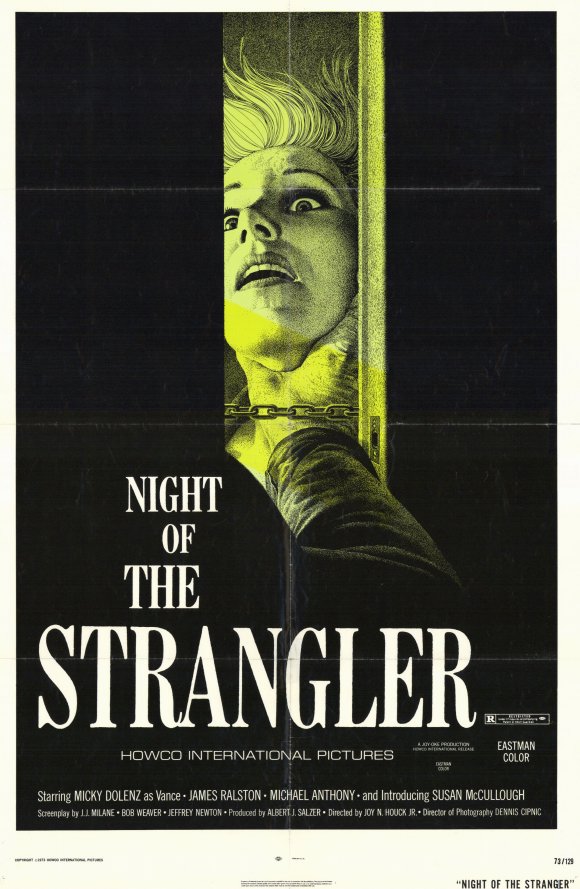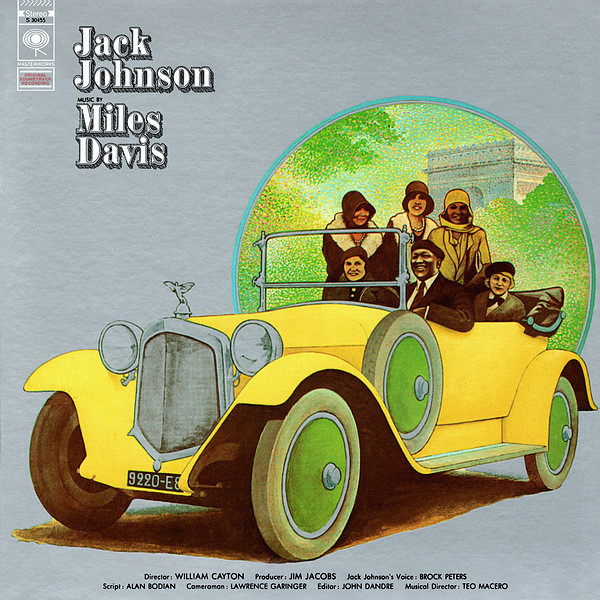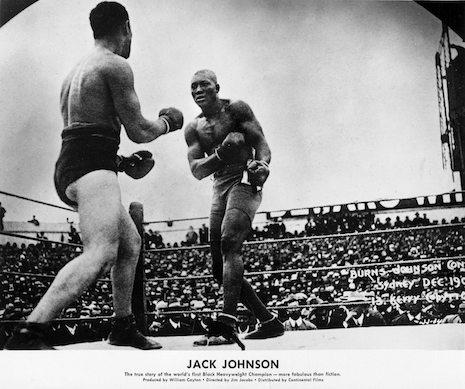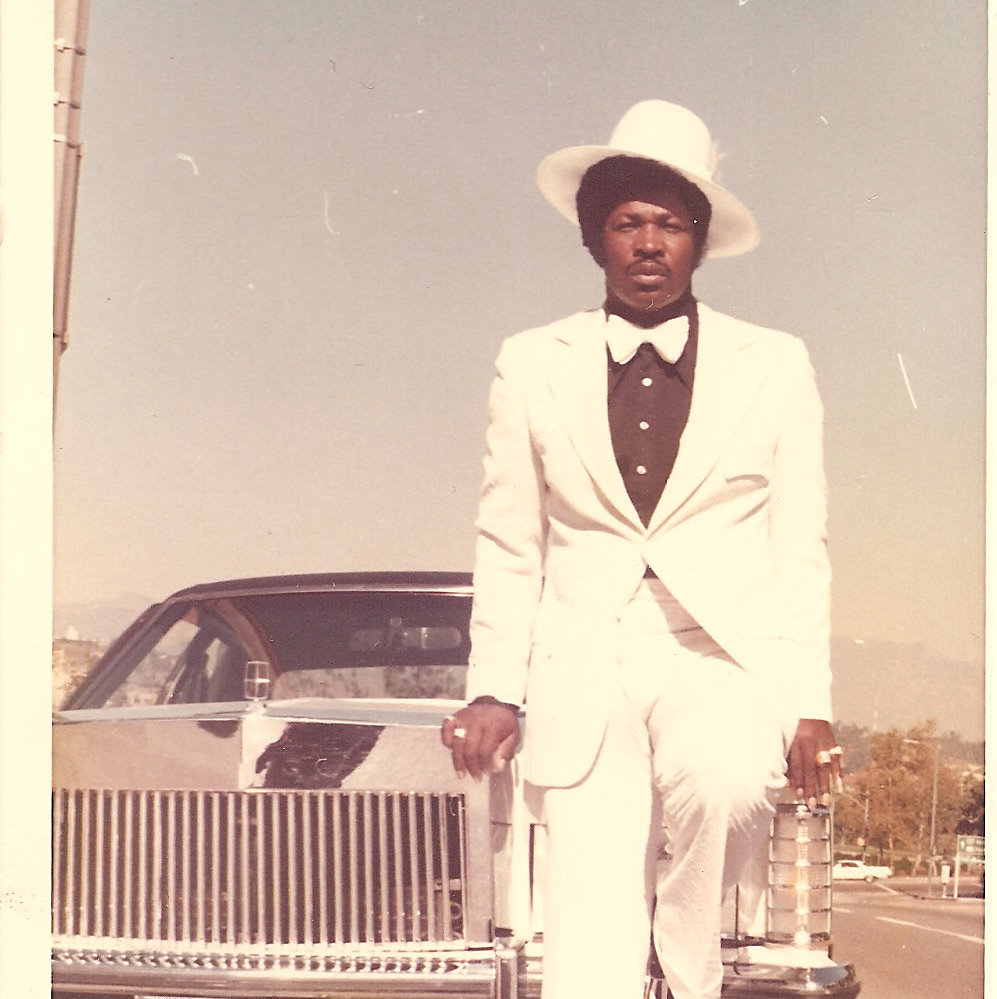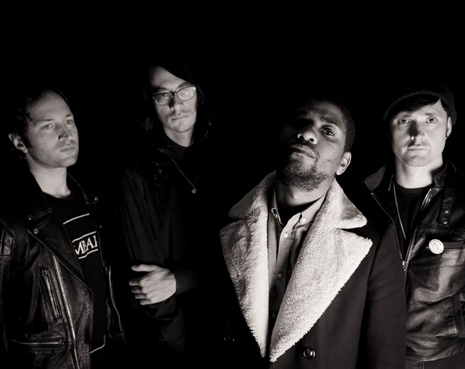
Algiers have had a hell of a couple of years. In 2015, they dropped a fiercely original debut album that found an uncharted sweet spot between industrial rhythm and noise, post-punk guitar skreeeee, and the smoldering intensity of Southern black gospel. Wide acclaim, a few videos, and heavy touring followed, and the band’s core trio of singer/guitarist Franklin Fisher, bassist/synthesist Ryan Mahan, and guitarist Lee Tesche was augmented by touring (and now permanent) drummer Matt Tong, formerly of Bloc Party. In between all their rock labors, they wrote a second album, The Underside of Power, and WOW.
The Underside of Power, despite being written and recorded under duress of time, shows remarkable growth. The band’s disparate influences remain, but the album is characterized by a weird irony: the debut was written via file-swapping, when the band’s members lived in three different cities, but it feels like a rock band’s record. The second album, though it’s the product of a seasoned touring unit with a full-time drummer, feels more like the work of an electronic composer. That’s due to a combination of the band’s build-it-up-high-and-rip-it-all-down working method and Mahan’s stepping to the fore as the band’s primary tunesmith.
What haven’t changed are Fisher’s lyrical themes—his righteous and soulful declamations against injustice and abuse of power make Algiers one of this era’s most convincing purveyors of protest music. As a multi-racial band from Atlanta, GA, they engage head-on with race as well, a topic they handle powerfully on the song “Cleveland.” This one’s close to my heart—I’m born and bred in that fabled grey city, and the song deals in part with the extrajudicial execution of 12-year-old Tamir Rice by Cleveland’s police. I know the neighborhood where Rice was killed quite well, and I pass that rec center often. It is still impossible to be anywhere near that block and not think about the senseless murder, the police’s wagon-circling around the shockingly incompetent officer who drive-by shot the poor kid, and the local media’s complicity in selling the cops’ ever-changing stories of how the shooting happened. That horrific event was a massive trauma in the black community, and more specifically still Rice’s family, but it was also, more broadly, Cleveland’s trauma (and it remains our shame), and hearing outsiders confront that event artistically is moving and illuminating.
Fisher and Tesche were kind enough to spend a good chunk of an afternoon chatting with me about the new album, how touring has changed them and their work, and “Cleveland.” A goofy phone connection rendered a couple of Fisher’s comments unintelligible. Any errors are my own interpolations. I did my best to faithfully preserve his meaning and tone, scout’s honor.
Dangerous Minds: The new album was made in a somewhat and unfortunately different world than the first one, and I was wondering to what degree the primaries and their attendant escalation of American racism and violence had an impact on the new music? And since, broadly speaking, you’ve been dealing with themes of injustice anyway, would it have been so different an album had last year gone differently?
Fisher: Yes, I think all of it except maybe “Cleveland” was written last year between June and the end of the year, but that being said, American racism and violence are always there.
“Death March” was about Brexit, the inspiration for it came from Brexit—the recording sessions started when we were in the North Country, and there was this cloud hanging over everybody. But at the same time, we were in this very expensive, very nice setup with these two professional producers, and we were kind of being forced to create, and I hit a wall, so I just went through the newspapers and responded, and everybody around us was devastated by it in ways we’d find out about on our own terms when Trump won the election a few months later.
Tesche: From my perspective, when I was a teenager I was really into DC Hardcore, and I was feeding off of the Riot Grrrl movement and all that stuff, so everything that I’ve always been a part of has had some sort of greater political context or message, and I feel like we’re kind of all the same that way, so I don’t really know if the new record would have been that much different thematically, but throughout the whole process, one event after another changed our moods. When Brexit happened we were in England, and the U.S. election happened towards the end of tracking and mixing, and those things definitely influenced the very final shape and character of these songs.
DM: The Underside of Power feels more like an electronic album than the debut does—the guitars seem less prominent. Also Underside seems like it features more uptempo stuff compared to all of the first album’s slow-burners. Has your writing process changed much between the albums?
Tesche: Not really. The way things got shaped in the mixing process, there were lots of guitars and lots of crazy sounds, and stuff was piled on, and as we made our way through the mix we pulled things back and peeled things off. It’s a result of that process more than the writing, just later on deciding what we wanted to push to the front. We were touring together for a year and a half, and when we recorded the second album we were coming from more of a live band perspective, and I think we were all kind of pulling things in different directions. This one may be more of a “soul” record than the first in a certain sense, but it’s hard to quantify those things, and we didn’t really have that kind of intent when we went in. We all set up to write sketches individually and we each had our own motivations, and so we all ended up with our own frustrations, and that’s what keeps you working towards the next one. Maybe the songs surprised us in how they turned out, but that’s how they exist, and maybe when we go out and play live, they’ll change and morph.
Fisher:The first record, we wrote it almost exclusively through online file swapping when we lived in three different cities. This record more was written when we were all together. I don’t think there’s any prescription or specific method for our writing. We did go away after the first couple months of touring and everybody kind of worked on compositions to bring back to the group, to see what we had, and what we could work on. The majority of the compositions on this record are Ryan’s, he’s gotten really hands-on with electronic programming.
Tesche: There are a lot of different forces at play. On one hand, when I work on guitar stuff I try to approach it from an abstract perspective, to challenge myself to find a role for guitar that’s not just riffing, and Frank’s guitar playing was a response to that too. Not that we avoided normal guitar stuff altogether, but with Ryan writing the majority of it, and coming from this more synthetic place, guitar-wise you have to approach that somewhat delicately, because if you just come in and try and do a bunch of punk rock stuff on top of that, you can end up in a really awful place. It’s more about understanding what the songs are becoming, and what they’re supposed to be. The next record could be full of Iron Maiden leads, who knows?
Fisher:I’m still learning my role as a singer more than a guitarist. I’ve always been the guitarist in the bands I’ve played with since I was a kid, and there’s not really a need for me to do that so much with this band. Our process is such that we’ll tend to use a maximalist approach, in that we’ll just pile things on and pile things on, and then we stand back and look at it and then start stripping things away. I’m sure it’s pure coincidence that usually any guitar part that I’ve written is one of the things that winds up getting stripped away [laughs] so this record was the beginning of me coming to terms with my designation as a singer, exploring that instead of trying to force my guitar into songs. Like Lee said, you have to be careful, otherwise it turns into a really strange nasty brew of guitar music and electronics that can go sideways.
Tesche: I think by design, part of the sound we’re crafting works well without much guitar in there, which of course is interesting for us as guitar players, becoming more choosy about when to play. With the last record, they took their final shape in the studio, and when we started performing the songs they became something else. I think these songs are going to go the same way, it’ll turn into something else. It’ll be after a few months touring that we’ll start to fully understand what this music is and what it should do.
DM: Franklin, earlier you mentioned that the song “Cleveland” came before the rest of the album. You guys probably guessed I’d have something to say about that one—was that a response to the Tamir Rice execution?
Tesche: Frank can go into more specifics on that because that one was largely written by him, and there are a number of different levels to it, but yes. It does reference that, and the choir sample is the Reverend James Cleveland. It’s a multi-faceted reference in that sense. And I also recall the coincidence that when we recorded that song we were working with Adrian Utley from Portishead, and they early on started out in this little town called Clevedon.
Fisher: There’s a recurring pattern of people mysteriously dying in police custody, people who’d seemingly been lynched but the local police had swept it under the rug, time and again, going back years. I wanted to kind of do something to try to confront the fact that this is happening, happening all the time, it’s an ongoing symptom. The song’s title was meant to invoke Tamir Rice without actually mentioning him, because he’s a symptom of something that’s as old as this country, being lynched by police, no matter how old you are, and if you’re a person of color, it’s something you’re always afraid of, either consciously or in the back of your mind. If you read some of these cases, it’s beyond absurd, and it becomes sickening how there’s never justice or closure for these families. Like Keith Warren—I think this was in like ’89, in Maryland. Good student, intelligent kid. He was found hanging in the middle of the forest, from a tree that was bent over from his weight. And they cut the tree down and embalmed him before any evidence could be taken, before the crime scene was surveyed. Before any real work could be done on the case they basically called it off and deemed it a suicide. On what would have been his 25th birthday, a box of photographs of the crime scene showed up on his mom’s doorstep. His mom realized that the clothes he was wearing weren’t his, and there were so many other things that made no sense, and there’s still no closure for his family. His mom thought his friends sent her the pictures because they knew something but were afraid to talk, and shortly after, one of his friends died in a suspicious bicycle accident.

Though the new album isn’t due until June 23rd, the band released the first video from The Underside of Power this morning—and it’s the album’s title track. It features the band plotting antifa resistance in an underground bunker/undisclosed location, and it’s sprinkled liberally with vintage clips from the Civil Rights movement era so nobody can miss the point. Fisher is pretty awesome in it, and he had this to say about the song (this is quoted from press materials, it’s not from our interview):
I heard someone say once that you don’t know what real power is until you’re on the wrong side of it. That was the inspiration for ‘The Underside of Power’ To be someone who has known first-hand, the full brunt of institutional force, the feeling of being completely vulnerable to it and powerless against it, is a bitter reality for the vast majority of people. The image of an insect being squashed by a boot comes to mind. But with that image comes a slightly hopeful paradox: just as all systems have inherent flaws, so does the proverbial boot, which leaves the slight possibility for the insect to creep through and bite back.
Watch the new video from Algiers, after the jump…

is an unusual film that splits audiences into two camps without breaking a sweat: those who absolutely love it and think it’s an unheralded masterpiece, and those who utterly loathe it. (Check out the Amazon reviews
!) A third and far larger category would be comprised of everyone who’s never even heard of this odd little gem in the first place. Back in the early 80s, when super rare cheap to license cult films would often appear on some schlocky VHS video label long before some mainstream films became available Putney Swope
would often show up in the “Midnight Movies” or cult films section of video rental shops. After that it more or less disappeared until it finally came out on DVD. Every once in a while it’s on TV, too, but it’s still, sadly, Putney Swope not a widely known film.
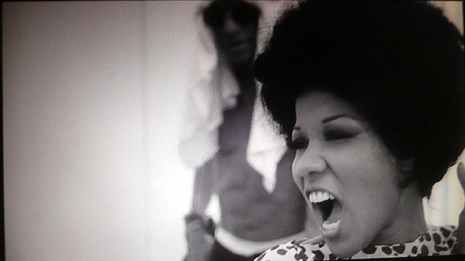
I thought it was an incredible masterpiece. I was stunned by it. I laughed out loud. I sobbed and cried. It was amazing. It was profound and symbolic of everything! Then again, the first three times I saw the film I was ridiculously high on LSD and I watched it over and over again, by myself, three times in the same night!

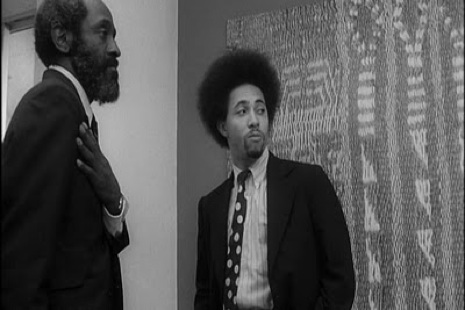
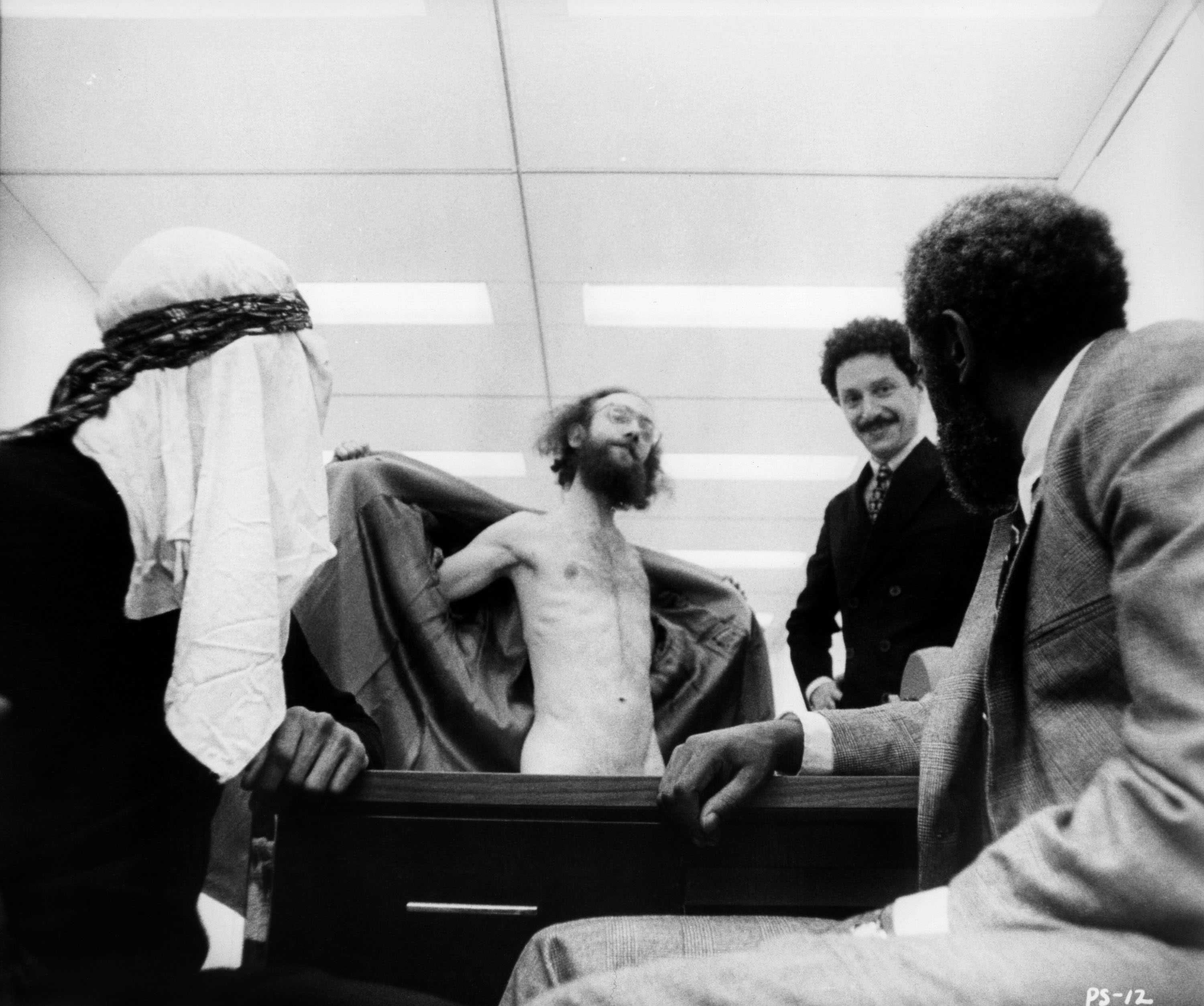
that would be difficult to try to describe here. The film is mainly in black and white, but the commercial parodies are in color. Antonio Fargas Jr. (“Huggy Bear” on Starsky & Hutch) has a memorable role as “The Arab,” Putney’s Muslim advisor and prankster Alan Abel is also seen in a cameo role. So is Allan Arbus who would go on to Downey’s Greaser’s Palace and M*A*S*H. Putney Swope
has great lines like “Anything that I have to say would just be redundant”; “A job? Who wants a JOB?”; and “Are you for surreal?!” that have been quoted over and over again (at least in my house). The US president and his wife are played by midgets who engage in a threesome with a photographer. There is a Mark David Chapman-type weirdo hovering around. It’s hard to describe, you really just have to see it. I think Putney Swope
is one of the great, great, great American counterculture films of the 1960s. One day. I predict confidently, it will be seen as the equal to Easy Rider or Five Easy Pieces.







